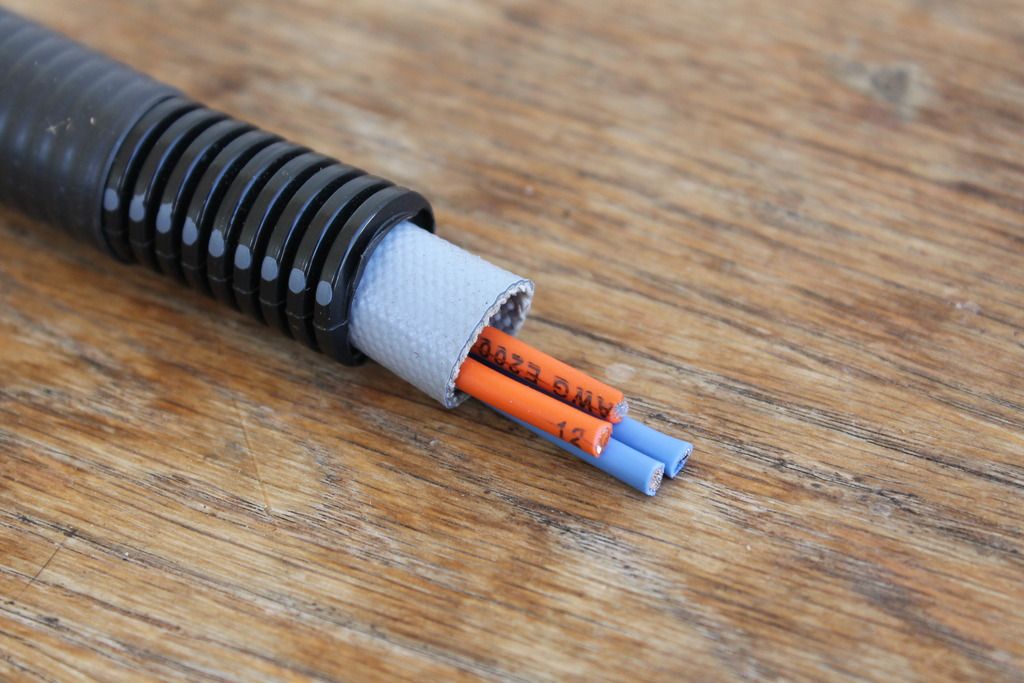I am about to finish up a 12 valve cummins swap into my 94 F350 and I have two questions.
1)
The intercooler I used interferes with the factory battery trays so I moved my factory batteries to my tool box with a run of 1/0 welding lead. I installed a junction block and 150 amp ANL fuse under the hood on the cable running to my batteries in the back.
I ran my starter wire, also 1/0 from the junction block to the starter. Now when I crank the truck I almost instantly blow the 150 amp fuse. I know I'm pulling more than 150 amps when starting so I don't know how to have enough amperage to start while still using a fuse to protect the run of wire back to the batteries in the tool box.
2)
I was also considering running two optimas under the hood in the factory locations because with their small size I can fab up some trays for them. But if I go that way id like to use the tool box set up as an auxiliary battery bank. My current batteries, which are group 65 Diehard AGMs and aren't that old and I'm not sure I could still use them because I think both batteries need to be the same in that situation. Trying to use the tool box batteries and also two new optimas under the hood if possible.
Any suggestions ?
1)
The intercooler I used interferes with the factory battery trays so I moved my factory batteries to my tool box with a run of 1/0 welding lead. I installed a junction block and 150 amp ANL fuse under the hood on the cable running to my batteries in the back.
I ran my starter wire, also 1/0 from the junction block to the starter. Now when I crank the truck I almost instantly blow the 150 amp fuse. I know I'm pulling more than 150 amps when starting so I don't know how to have enough amperage to start while still using a fuse to protect the run of wire back to the batteries in the tool box.
2)
I was also considering running two optimas under the hood in the factory locations because with their small size I can fab up some trays for them. But if I go that way id like to use the tool box set up as an auxiliary battery bank. My current batteries, which are group 65 Diehard AGMs and aren't that old and I'm not sure I could still use them because I think both batteries need to be the same in that situation. Trying to use the tool box batteries and also two new optimas under the hood if possible.
Any suggestions ?

